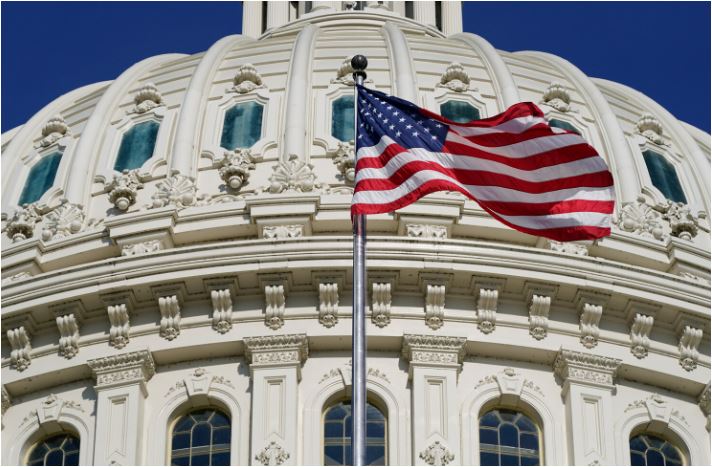Why Wasn’t The American Flag Always Revered as It Is Today?
The Evolution of the American Flag: From Afterthought to Revered Symbol
Throughout history, the American flag has transformed from being an afterthought to a revered symbol of national pride. Contrary to its esteemed status today, the flag’s significance was not always universally recognized during its early years.

In the early days of the United States, after gaining independence from British rule, the flag was not accorded the same level of reverence and respect it receives today. It underwent various iterations and changes as the young nation sought to solidify its identity.
The design of the American flag went through several modifications, reflecting the growth and expansion of the country. The first official flag, known as the “Grand Union Flag” or the “Continental Colors,” featured the British Union Jack alongside thirteen alternating red and white stripes representing the original colonies.
As the American Revolutionary War progressed, the need for a distinct symbol became apparent. The Continental Congress appointed a committee to develop a flag that would embody the ideals of the fledgling nation. The result was the adoption of the Stars and Stripes, with thirteen stars representing the states, set on a field of blue, and thirteen alternating red and white stripes.
However, despite these initial efforts, the American flag did not immediately capture the collective imagination or reverence of the nation. It took time for the flag to become an iconic and revered symbol of American identity.
The transformation began during the War of 1812 when the flag played a pivotal role in boosting morale and inspiring patriotism. The famous incident at Fort McHenry, immortalized in the national anthem, showcased the flag’s resilience and symbolized the spirit of the American people. From that point forward, the flag began to gain significance as a powerful symbol of the nation’s unity and resilience.
Throughout the years, the American flag continued to evolve alongside the growth of the United States. The addition of stars to represent new states joined the Union, reinforcing the flag’s symbolic representation of the nation’s progress and unity.
Over time, the flag became firmly entrenched in American society. It symbolized the ideals of freedom, democracy, and the sacrifices made by generations of Americans. The flag’s significance was further solidified through its prominent presence during key national events, such as presidential inaugurations, military ceremonies, and moments of unity and remembrance.
Today, the American flag is widely revered and cherished as a symbol of national pride and unity. It is a powerful reminder of the nation’s history, values, and the enduring spirit of its people. The flag serves as a unifying force, inspiring patriotism and fostering a sense of belonging among Americans from all walks of life.
While the American flag may have started as an afterthought, its transformation into an iconic and revered symbol reflects the evolving identity and collective consciousness of the United States. It stands as a testament to the nation’s rich history and serves as a beacon of hope and unity for generations to come.




